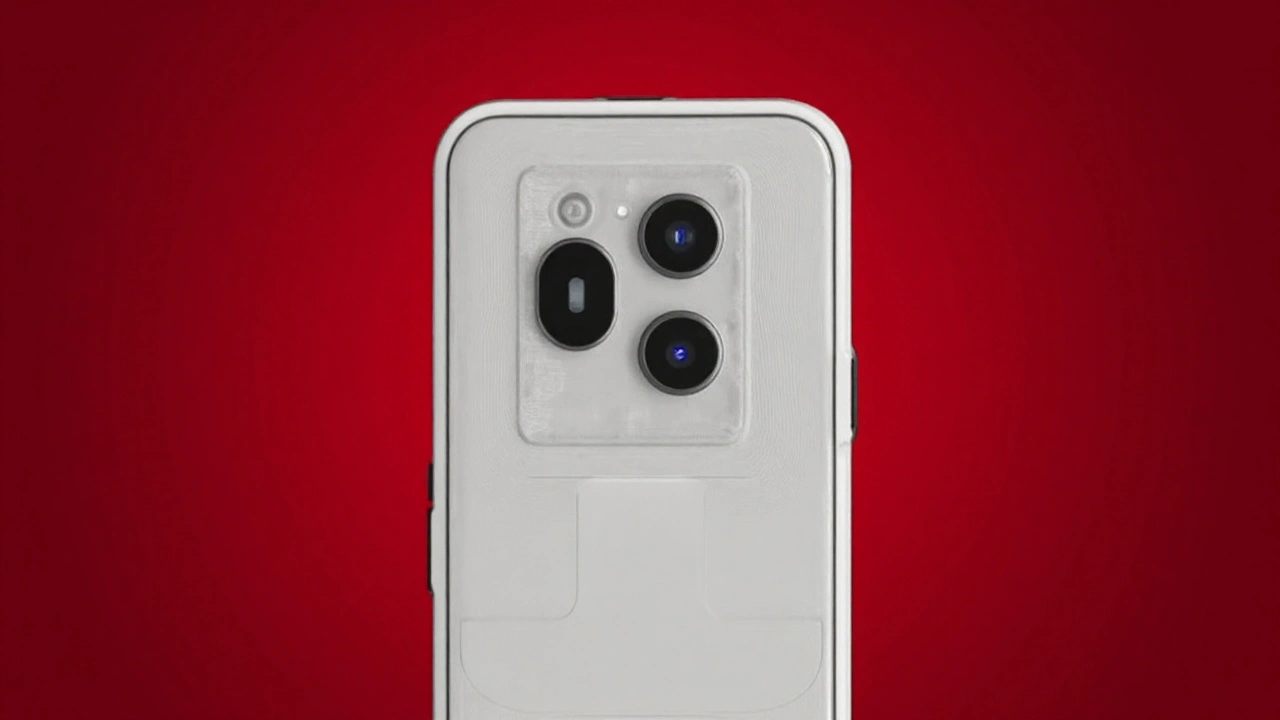100W Charging: What You Need to Know
When you hear "100W charging" you probably think of a big boost for phones, tablets, or laptops. In simple terms, it means the charger can push up to 100 watts of power into a device. That’s a lot more than the old 5W or 10W adapters we used years ago, so you can fill a battery much faster.
The technology behind it is called USB Power Delivery (PD). It lets the charger and the device talk to each other and decide the best voltage and current. A typical 100W PD profile uses 20 volts at 5 amps. Not every gadget can handle that, but many newer laptops and premium phones can.
Choosing the Right 100W Charger
First, make sure the charger says "100W" or "20V/5A" on the label. Look for a reputable brand and a certification like UL or CE – that tells you the unit passed safety tests. Cheaper knock‑offs might claim 100W but can overheat or damage your device.
Next, pick the right cable. A good USB‑C to USB‑C cable for 100W needs a thick copper core and an e‑mark chip that confirms it can carry 5A. Without the chip, the charger will drop the current to 3A to stay safe, and you’ll lose the speed advantage.
If you travel a lot, a compact brick with a fold‑away plug can save space. Some chargers offer multiple ports, letting you charge a phone at 18W while the laptop draws 100W. Just check that the total output doesn’t exceed the brick’s rating.
Safe Practices for High‑Wattage Charging
High wattage means more heat, so keep the charger on a hard, ventilated surface. Avoid covering it with blankets or papers. If the charger feels unusually hot after a few minutes, unplug it and double‑check you’re using the right cable.
Never use a damaged cable – frayed ends or bent connectors can cause short circuits. If you notice sparks, a burning smell, or the device stops charging suddenly, stop using that charger right away.
Match the voltage your device expects. Some laptops accept 20V, while others work at 15V or 9V. The PD handshake will set the correct level, but if the charger doesn’t support the profile your device needs, it will fall back to a lower wattage, slowing the charge.
Finally, keep firmware up to date. Some manufacturers release updates that improve PD negotiations, allowing better performance or added safety checks.
In short, 100W charging can cut charge time dramatically if you pair a certified charger with a proper cable and follow basic safety steps. It’s a convenient way to reduce the number of chargers you carry and keep your devices ready when you need them.

Nothing Phone 3 leak points to true flagship: triple 50MP cameras, 100W charging
Big leaks suggest the Nothing Phone 3 is a full-on flagship: 6.7-inch 1.5K LTPO OLED, triple 50MP rear cameras with 3x periscope zoom, a 50MP selfie camera, Snapdragon 8s Gen 4, and a 5,150mAh battery with 100W wired charging. Wireless and reverse charging, eSIM, NFC, and an upgraded Glyph Matrix are on deck. Nothing OS 3.5 on Android 15 aims to add new UI tricks. US launch expected, but likely no Verizon support at first.